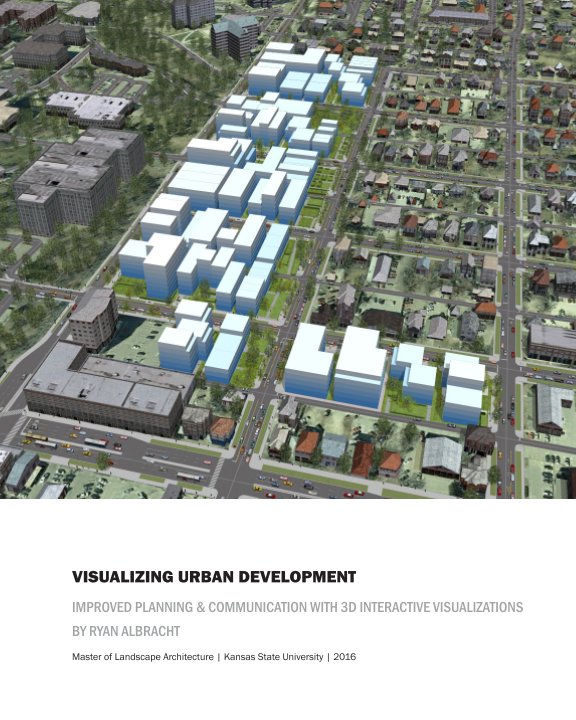Visualizing Urban Development
Improved Planning & Communication with 3D Interactive Visualizations
de Ryan Albracht
Voici le prix vu par vos clients. Éditer la liste des prix
À propos du livre
3D interactive visualizations can communicate complex urban design ideas to communities to improve planning (Bertol & Foell, 1997; Bishop et al., 2008; Griffon et al., 2011; Lange & Bishop, 2005). Unfortunately, many landscape architects, urban designers, and city planners currently re-frame from using such gaming technology capable of creating 3D interactive visualizations (Deane, 2015a). Many firms use verbal descriptions with images. This method is insufficient for facilitating feedback (Bratteteig & Wagner, 2010; Gordon, et al, 2010; Stakeholder Engagement, 2009; Zhang, 2004). According to Lange and Bishop (2005) there is no reason why real-time visualizations should not be used in urban design. Design fields will be moving toward procedural modeling software that is code-based to quickly model urban development (Flachbart & Weibel, 2005). However, this type of software, i.e., ESRI CityEngine, is only being used by approximately 10% of firms (Deane, 2015a).
This paper is one of the first to analyze how ESRI CityEngine can be used and improved to support the workflow of landscape architects, urban designers, and planners for urban development projects. The project explored ESRI CityEngine’s procedural modeling and metric capabilities, and how it could be used to visualize a proposed Urban Core Residential District in Manhattan, Kansas. This process involved applying CGA (computer generated architecture) rules to GIS data, to model trees, streetscapes, landscapes, and buildings. Visuals that were produced include a CityEngine Web Scene and a Unity game.
This paper is one of the first to analyze how ESRI CityEngine can be used and improved to support the workflow of landscape architects, urban designers, and planners for urban development projects. The project explored ESRI CityEngine’s procedural modeling and metric capabilities, and how it could be used to visualize a proposed Urban Core Residential District in Manhattan, Kansas. This process involved applying CGA (computer generated architecture) rules to GIS data, to model trees, streetscapes, landscapes, and buildings. Visuals that were produced include a CityEngine Web Scene and a Unity game.
Site Web de l'auteur
Caractéristiques et détails
- Catégorie principale: Architecture
-
Format choisi: Portrait standard, 20×25 cm
# de pages: 90 -
ISBN
- Couverture souple: 9781367817418
- Date de publication: avril 25, 2016
- Langue English
- Mots-clés ESRI CityEngine, Virtual reality, 3D Visualization, Simulation, Urban design, Landscape architecture, Procedural modeling
Voir plus

